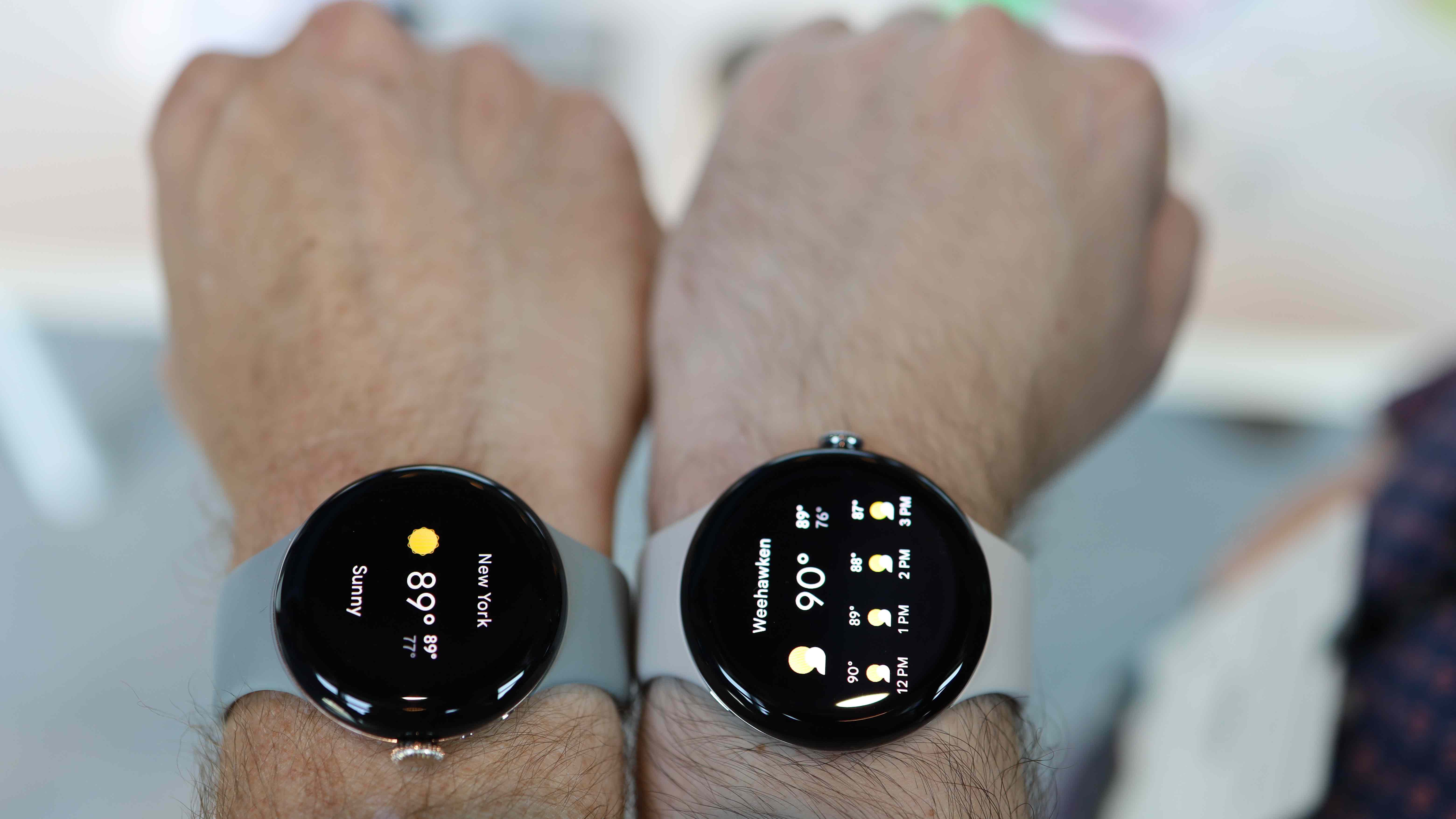
The new Pixel Watch 3’s showcase is two times as brilliant as the last age’s, and it arrives in a new, extra 45mm size. It has more modest bezels and new variety choices. In any case, however new as its outside seems to be, what’s happening under the hood of the Pixel Watch 3 is comparably thrilling — including upgrades to how it utilizes Fitbit measurements to enlighten you regarding your wellbeing and wellness.
Our strategy and way to deal with building these measurements is situated in sports medication, and we’re consistently finding out more and carrying that to Fitbit. Pixel Watch 3 elements an all-new Day to day Availability calculation to assist you with understanding how your body is recuperating from regular daily existence action, as well as two new apparatuses: Cardio Burden and Target Burden.
The group that fabricated these new measurements acquired profound skill wellness and medication to their work. Cathy Speed is a teacher of Sports Medication and Human Execution at Cardiff Met College, as well as a senior clinical expert in the Fitbit group. She likewise has experience with first class and elite execution sports medication. “We have each and every apparatus clinched for world class competitors,” she says of her past work. “We screen them, they’re specialists in their own bodies and we can address the inquiry, “How would it be advisable for me I be preparing the most brilliant way I can today?'” With these Fitbit refreshes, Cathy and her group expected to make this sort of data accessible to tip top competitors, yet to everybody. Here is a gander at what went into working on Fitbit’s status and recuperation following — and what drove the group to presenting the two new scores.
Calibrating Day to day Status
Fitbit sent off the Everyday Status Score in 2021 as a manner to figure out how well your body is recuperating. “With the main variant of Everyday Preparation, the score consolidated an emphasis on action as well as heart and rest information,” Cathy says. This educated the application to let you know how prepared (or not) you were for an exercise.
For the send off of the Pixel Watch 3, the Fitbit group needed to adjust the calculation to fit it much more to the critical indications of your body’s recuperation. To do as such, they began with Pixel Watch 3’s multipath pulse sensors. “These give us a decent gander at your pulse, which is vital to getting a comprehension of your Pulse Changeability, or the fluctuation of timing between pulses,” Cathy says. “HRV is an extremely delicate marker of physiological recuperation; it lets us know a ton. It’s practically similar to an exceptionally calm admonition sign that your body is beginning to one or the other battle to recuperate or recuperating a long time before you’re fundamentally even completely mindful of it.”
Day to day Status views at HRV as well as rest and furthermore added another measurement to its calculation with resting pulse — which is known to reflect longer-term influence, for instance from ailment. The outcome is a more thorough image of your body’s recuperation. In any case, the group actually felt they could assist people with better comprehension their preparation and expertise much to take on, which is the reason they added Cardio Burden and Target Burden.
Presenting Cardio Burden and Target Burden
Cardio Burden (which you’ll find in the Fitbit application close by Day to day Status) assists you with understanding how hard your heart is functioning during action as well as over the course of the day. In view of your action history, it even lets you know your preparation status: on the off chance that you are keeping up with or further developing wellness, or undertraining or overtraining. Then there’s Target Burden, which gives you a suggestion about how much movement to take on today, custom-made to your new Cardio Burden and preparing status as well as your Preparation. “We might have recently added these information focuses to the Everyday Status calculation, and in this manner the Day to day Preparation score, yet that would have been making it something of a black box — rather you get an extensive image of your body’s recuperation, as well as a commonsense objective of the amount to take on thus,” Cathy makes sense of.
“We believe it’s more effective to give individuals these customized experiences,” Cathy says. Very much like with Everyday Availability, when you use Cardio Burden and Target Burden, the Fitbit application offers exhaustive clarifications of what data the two elements use to think of their outcomes: You can take a gander at the breakdown of your day to day Cardio Burden (counting by exercise), see patterns of your improvement and get criticism in light of your objectives. What’s more, both Cardio and Target Burden consider times of expanded movement — for example, on the off chance that you’re preparing for a long distance race or on a long hiking trip. Cardio Burden and Target Burden will acclimate to your movement levels over the long haul, as well.
Cathy says that making significant, customized data promptly and effectively accessible to everybody in this manner nearly feels “sorcery,” yet it’s been an imposing cycle to arrive at this point. “Assuming you let me know quite a while back that we would do what we’re doing now — that we’re basically assisting make with peopling their own specialists on their wellness — that would have been difficult to accept!” And she realizes getting better from here is just going. “That is the extraordinary thing about this work: We fostered this new item that is out on the planet now and we’re as of now suspecting, ‘What could we do straightaway?'”